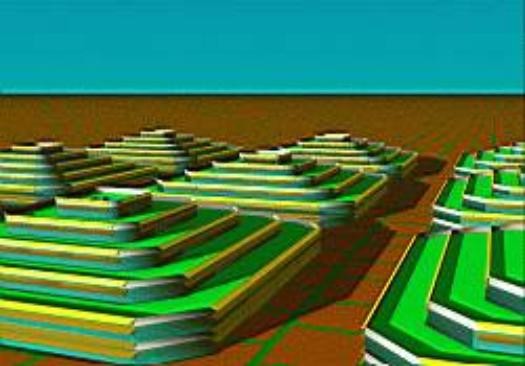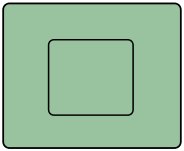Ziggurat: Difference between revisions
Jump to navigation
Jump to search
No edit summary |
(added text) |
||
| Line 1: | Line 1: | ||
The Ziggurat ("rising building" in Akkadian zaqâru, "to rise high") is the Mesopotamian equivalent of the Egyptian pyramids: large artificial square mountains of stone. Ziggurats played a role in the cults of many cities in ancient Mesopotamia and were always built by kings. Modern Ziggurat-like artificial mountains with stepped terraces could be used for agriculture while at the same time offering residential space inside. | |||
[[Image:zigmodel.jpg]] | [[Image:zigmodel.jpg]] | ||
([http://www.panacea-bocaf.org/lionkuntz.htm source]) | ([http://www.panacea-bocaf.org/lionkuntz.htm source]) | ||
| Line 4: | Line 6: | ||
[[Image:ziggurat.jpg|600px]] | [[Image:ziggurat.jpg|600px]] | ||
[[Image:zigtop.jpg|300px|2 storey ziggurat from above]] | |||
[[Image:zigtop.jpg| | |||
[[Category:Housing and construction]] | [[Category:Housing and construction]] | ||
[[Category:Food and Agriculture]] | |||
Revision as of 12:35, 21 January 2011
The Ziggurat ("rising building" in Akkadian zaqâru, "to rise high") is the Mesopotamian equivalent of the Egyptian pyramids: large artificial square mountains of stone. Ziggurats played a role in the cults of many cities in ancient Mesopotamia and were always built by kings. Modern Ziggurat-like artificial mountains with stepped terraces could be used for agriculture while at the same time offering residential space inside.
 (source)
(source)

